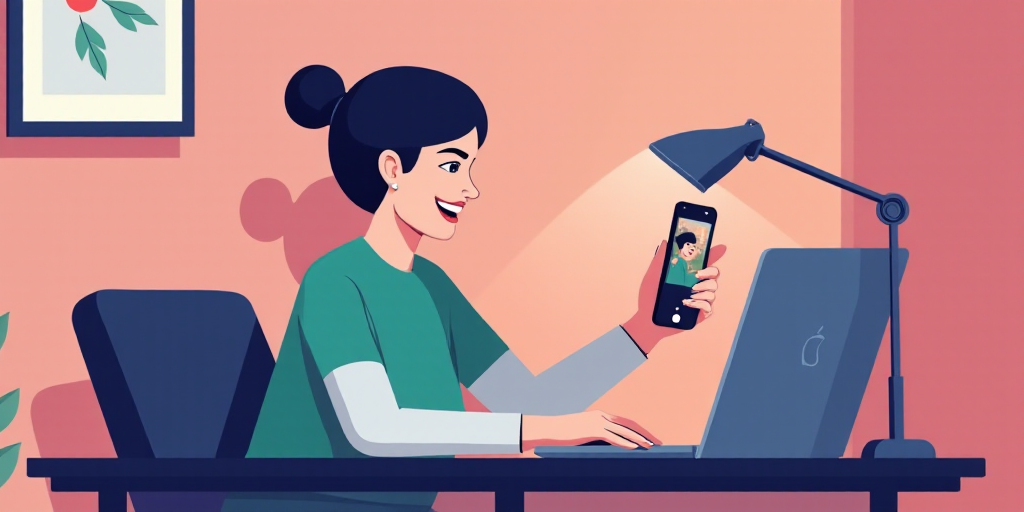Introduction: The Allure and Mystery of Influencer Careers
Young and old alike have started to view influencers or content creators as a role model to follow. Who wouldn’t want to earn substantial income by sharing short or long videos of their daily experiences or activities?
The concept of a “creator economy,” first coined by Paul Saffo, a Stanford professor and Silicon Valley advisor, in 1997, has gained popularity due to the pandemic. This term is explored in the study “Being an Influencer Today: Opportunities and Obstacles of a New Source of Employment.”
The Skills and Self-Learning Nature of Content Creators
According to the study, beyond their existing knowledge about the content they share with followers on social media, all creators emphasize the need for self-education in presentation techniques.
“Most have become self-taught throughout the content creation process, learning to create scripts, photography and video recording techniques (camera usage, techniques), video and audio editing, marketing strategies (identifying niches, target audience demographics), optimal times for posting on social media, keyword usage, SEO…,” the study reveals.
Working Conditions of Influencers
Do all influencers view their activity as a job? WPBeginner reports that 46.7% of individuals identify as full-time content creators, while 42.7% consider themselves part-time creators. A mere 10.6% view content creation as a hobby.
Beyond the fame and lucrative monetization of their content, there are working conditions that remain largely unknown, according to the study.
- How much time do they work?
- What is the investment and return on their own-brand business as an influencer?
- What are the most common methods of monetizing content?
- What level of autonomy do they feel?
- How do they balance their private life with their work?
WPBeginner notes that most people in the sector work full-time as content creators. However, some maintain traditional 9-to-5 jobs while creating content to earn a decent income.
The study concludes that full-time content creators perceive a lower level of control over their time spent online, growing or maintaining their follower community, workload, monetization methods, and relationships with platforms compared to part-time influencers.
“They feel their professional value is highly volatile, relying solely on their community’s reactions and feedback. However, more experienced influencers seem to be less affected by toxic online behavior, such as cyberbullying or discrimination,” the study explains.
The research also highlights the high levels of stress and fragile mental health among content creators. Many interviewees emphasize high activation levels and anxiety, with no time for recovery due to constant online connectivity.
The Aspirational Nature of Influencer Professions
Despite the precarious working conditions and challenges, being an influencer remains an aspirational profession that many dream of pursuing without fully understanding the expectations or labor conditions involved.






